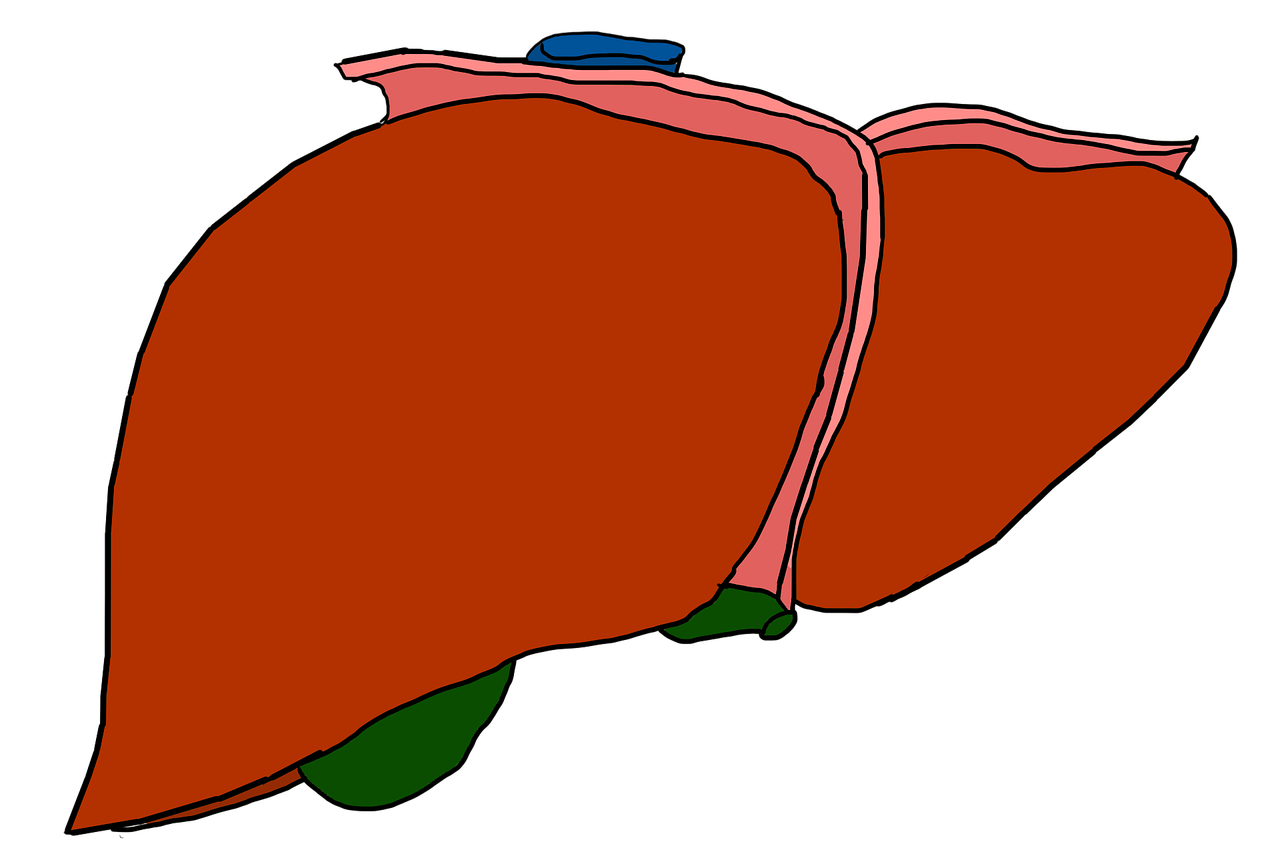Digestive System
Cholelithiasis: Things You Need to Know
By S.I. (staff writer) , published on December 02, 2022

Medicine Telehealth Health stones gallbladder
What is Cholelithiasis?
Gallstones form in your gallbladder, a tiny, pear-shaped organ that stores bile in your body. They resemble pebbles made of concentrated bile components. Cholesterol, bilirubin, bile salts, and lecithin are all found in bile fluid. Gallstones are often composed of cholesterol or bilirubin that accumulates at the bottom of your gallbladder and hardens into "stones." [1]
What are the Symptoms of Cholelithiasis?
Gallstones may not create any symptoms. When a gallstone becomes lodged in a duct and produces a blockage, the following signs and symptoms may occur:
- Back pain between your shoulder blades
- Pain in your upper right abdomen that comes on suddenly and gets worse.
- Pain in your right shoulder
- Pain in the center of your abdomen, just below your breastbone, that is sudden and rapidly intensifying
- Gallstone pain may last several minutes to a few hours.
- Nausea or vomiting
What are the Causes of Cholelithiasis?
It is unknown what causes gallstones to form. Gallstones are thought to form when:
1. Your bile includes excessive amounts of cholesterol:
Normally, enough molecules are present in your bile to break down the cholesterol released by your liver. However, if your liver excretes more cholesterol than your bile can break down, the extra cholesterol may crystallize and eventually form stones.
2. Your bile is high in bilirubin:
Bilirubin is a substance created by your body when red blood cells are broken down. Certain illnesses, such as liver cirrhosis, biliary tract infections, and certain blood disorders, cause your liver to produce an excessive amount of bilirubin. Excess bilirubin promotes gallstone development [3]
3. Your gallbladder is not emptying properly:
Bile may become exceedingly concentrated if your gallbladder does not drain completely or frequently enough, contributing to the production of gallstones.
What is the Treatment of Cholelithiasis?
Treatment choices for cholelithiasis are determined by the individual's age, overall health, medical history, the severity of symptoms, and the size, location, and several gallstones.
Gallstone treatment options include:
1. Gallbladder surgery (cholecystectomy):
Because gallstones frequently return, your doctor may prescribe surgery to remove your gallbladder. Instead of being held in your gallbladder, bile flows directly from your liver into your small intestine after your gallbladder is removed.
You do not need your gallbladder to live, and gallbladder removal has no effect on your capacity to digest meals, but it can induce transient diarrhoea. (4)
2. Gallstone dissolving medications:
Oral medications may aid in the dissolution of gallstones. However, it may take months or years of medication to eliminate your gallstones in this manner, and if treatment is discontinued, gallstones will most likely form again [5].
Medication does not always work. Gallstone medications are rarely utilized and are reserved for those who are unable to undergo surgery.
References:
- https://onlinelibrary.wiley.com/doi/full/10.1111/jmwh.12959?casa_token=nzLt8hLh-5YAAAAA%3AbHa4pbhkV1cZ1m9XUARszjh8d3a1DXJRKFL_LXDg6TeTRR_v3QGV4RATxjTngB59yQ1oVbkYvr6_wj8UXQ
- https://www.sciencedirect.com/science/article/abs/pii/0002934371902841
- https://journals.plos.org/plosone/article?id=10.1371/journal.pone.0034741
- https://journals.lww.com/ajg/Abstract/2010/06000/Cholelithiasis,_Cholecystectomy,_and_Liver_Disease.25.aspx
Find articles related to: Medicine Telehealth Health stones gallbladder
More articles about Digestive System
Back to the Health Tips Index




